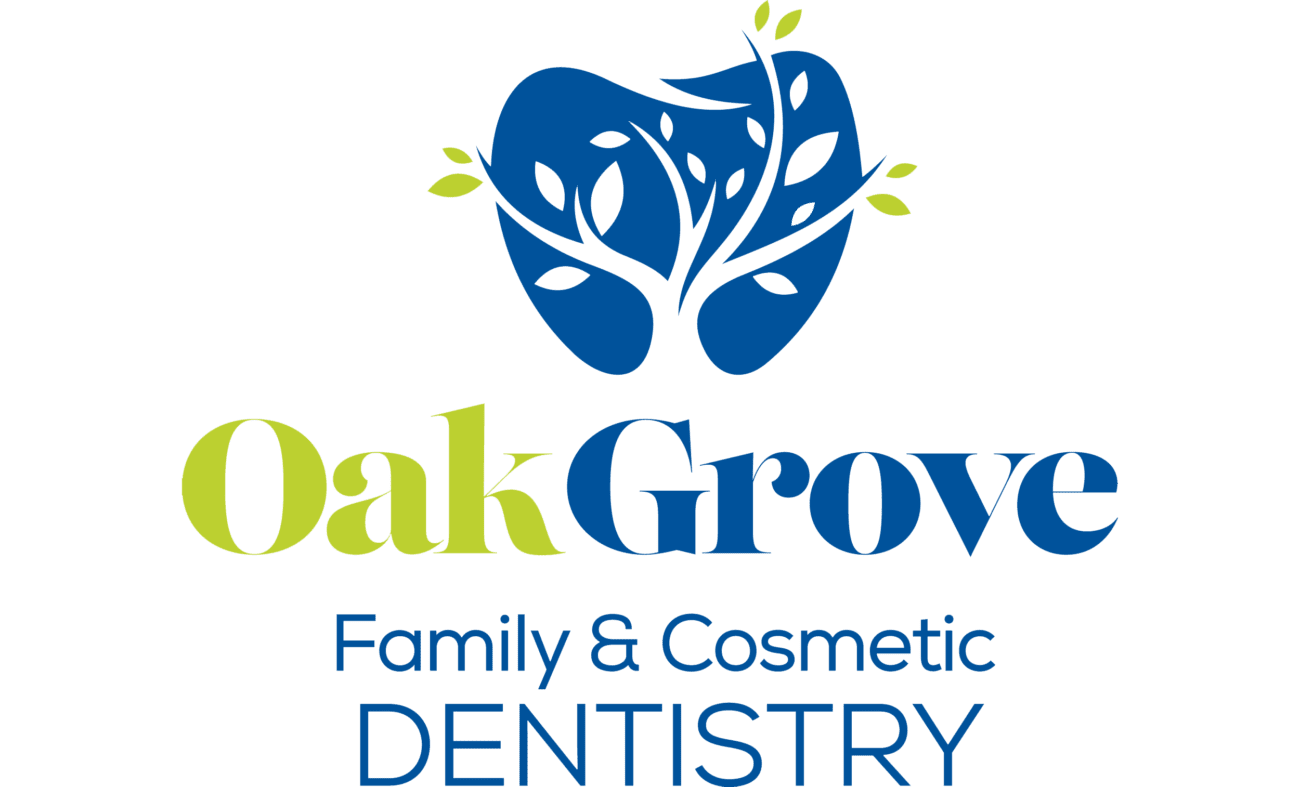Gum disease, or periodontal disease, affects millions of people worldwide. It ranges from simple gum inflammation to serious damage to soft tissue and bone. Dentists have several methods to treat gum disease, depending on the severity. Early detection and treatment are crucial to prevent more serious complications. Understanding the causes and treatments of gum disease empowers patients to make informed decisions about their oral health.

Understanding Gum Disease
Periodontal disease begins with plaque, a sticky film of bacteria that forms on teeth. When plaque hardens, it becomes tartar, which only dental professionals can remove. Untreated plaque and tartar lead to gum inflammation. This inflammation can progress to gingivitis, the mildest form of gum disease.
Gingivitis causes gums to become red, swollen, and bleed easily. Gingivitis is often reversible with professional treatment and good oral care. If left untreated, gingivitis can progress to periodontitis. Periodontitis is a more severe form of gum disease. It can cause the gums to pull away from the teeth, forming pockets that become infected. The body’s immune response to infection can break down the bone and connective tissue. This can eventually lead to tooth loss.
Scaling and Root Planing
Scaling and root planing is a deep-cleaning procedure used to treat gum disease. Dentists use special tools to remove plaque and tartar from above and below the gumline. This process helps the gums reattach to the teeth, often reducing pocket depth. Scaling involves scraping away tartar from the tooth surfaces, while root planing smooths the tooth roots. Smoothing the roots helps prevent bacteria buildup and promotes healing.
This procedure may require local anesthesia to minimize discomfort. Scaling and root planing can be done in one or more visits, depending on the severity of the disease. Patients may experience some sensitivity and discomfort afterward. Your dentist may recommend over-the-counter pain relievers to manage any discomfort. Following the procedure, patients should maintain good oral hygiene to prevent recurrence.
Antibiotic Therapy
Dentists may prescribe antibiotics to control bacterial infection associated with gum disease. Antibiotics can be in the form of pills, mouth rinses, or gels applied directly to the gums. These medications could help reduce bacteria and inflammation, promoting healing. Dentists often use antibiotics in conjunction with scaling and root planing. This combined approach often enhances treatment effectiveness and helps prevent further damage.
Antibiotics are not a substitute for good oral hygiene but can be an important part of treatment. Your dentist will determine the appropriate type and dosage of antibiotics based on your needs. Patients should follow instructions carefully when using antibiotics. Misuse of antibiotics can lead to resistance and decreased effectiveness.
Surgical Treatments
Advanced gum disease may require surgical intervention to restore oral health. In these cases, your dentist may refer you to a specialist for further treatment. Flap surgery, or pocket reduction surgery, involves lifting back the gums to remove tartar and reduce pocket depth. Bone grafts may be necessary if the bone supporting the teeth is damaged. Guided tissue regeneration is another surgical option. It involves placing a special fabric between the bone and gum tissue. This encourages bone and connective tissue regrowth, restoring stability to the teeth.
Maintaining Good Oral Hygiene
Good oral hygiene is crucial in managing and preventing gum disease. Patients should brush their teeth twice daily with fluoride toothpaste. Flossing daily removes plaque and food particles between teeth and along the gumline. Regular dental check-ups and cleanings are essential for maintaining gum health. Patients should schedule dental visits at least twice a year or as recommended by their dentist. Regular visits allow dentists to monitor progress and make necessary adjustments to treatment plans.
Patients should avoid tobacco products, as they can contribute to gum disease. A balanced diet rich in vitamins and minerals supports healthy gums and teeth. Drinking plenty of water helps wash away food particles and bacteria. Consistent oral care practices can help maintain healthy gums and prevent disease recurrence.
Treat Your Gums Today
At Oak Grove Family & Cosmetic Dentistry, we offer comprehensive dental care for the entire family. Our skilled professionals work hard to address all your oral health needs. We provide personalized treatment plans to help you achieve and maintain a healthy smile. Contact us today to schedule a consultation and learn more about gum disease and your treatment options.
